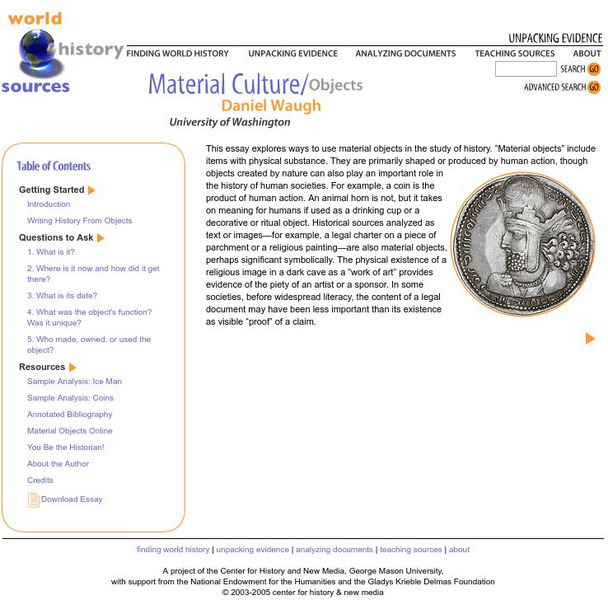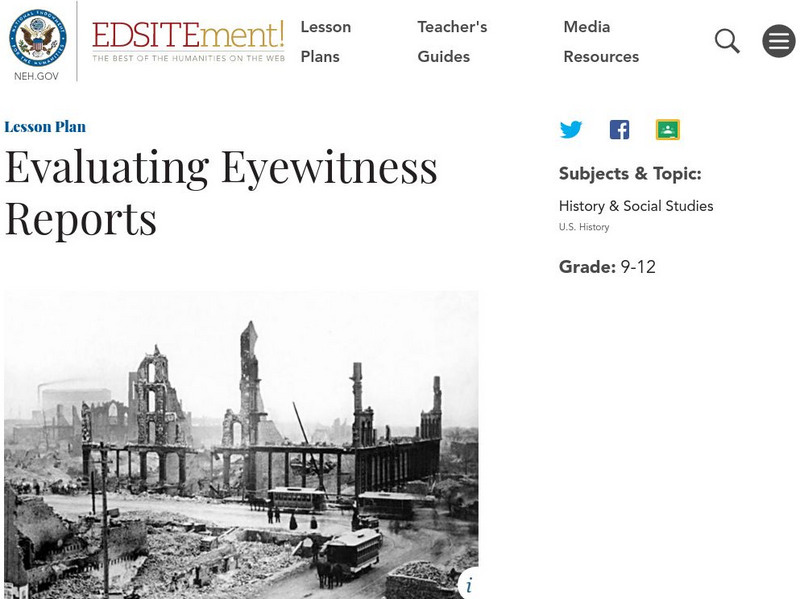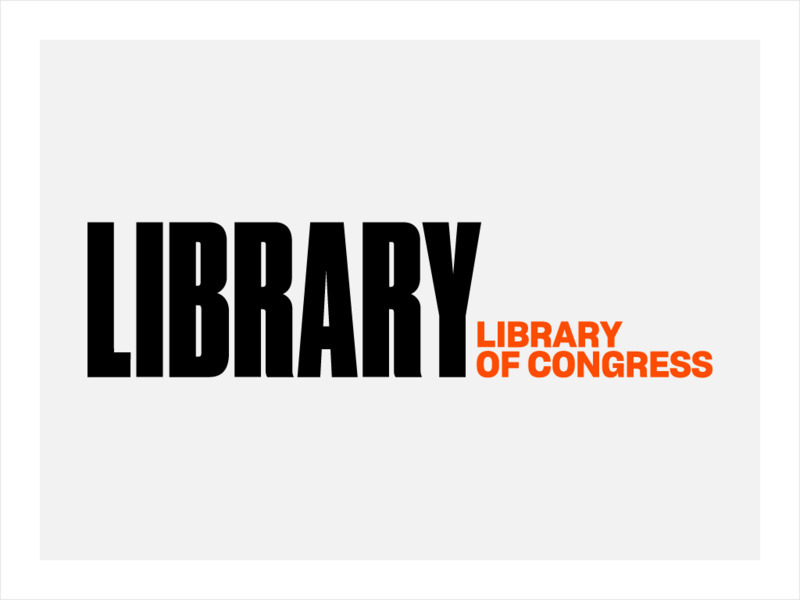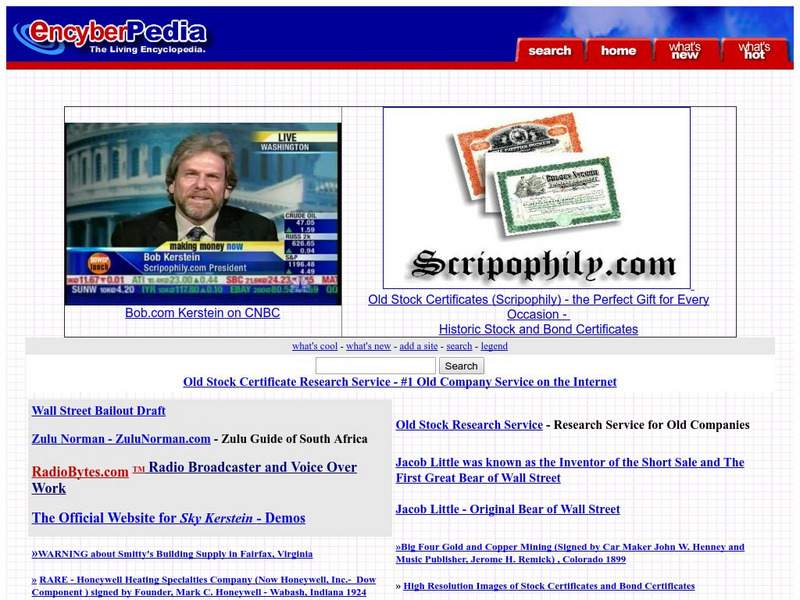Thinkport Education
Thinkport: Causes of World War I
In this activity, students analyze and explain the interrelationships between events in World War I.
Thinkport Education
Thinkport: Read Like This, Too Central Ideas and Supporting Details
Begin practicing skills that will help identify the central idea and details while reading literary nonfiction.
Thinkport Education
Thinkport: Read Like This: A Strategy for Analyzing Literary Nonfiction
Read, analyze and answer text-dependent questions about several excerpts from a famous slave narrative called The Interesting Narrative of the Life of Olaudah Equiano.
Other
Harvest
Three modules explain what primary sources are; how to find primary sources in the UIUC archives; how to make sense of a primary source document by examining its creator, the context, and purpose of its creation.
Thinkport Education
Thinkport: Revolution and the Power of Words
A module where students will determine the meaning of unfamiliar terms using prior knowledge, context clues and examination of word parts.
George Mason University
George Mason University: World History Sources: Material Culture: Images
Investigate the meaning of different cultures' images and materials. Learn to examine different questions such as what is the image, what is the meaning, what is the function, and what is the social condition.
George Mason University
George Mason University: World History Sources: Material Culture: Objects
Examine different objects from many different cultures. Learn how to decipher what it is, where it came from, what the function is, and who made or owned the object.
George Mason University
George Mason University: World History Sources: Newspapers
Discover how historians use newspapers and learn about the development of the modern newspaper. Get answers to many questions about different newspapers.
National Endowment for the Humanities
Neh: Edsit Ement: Evaluating Eyewitness Reports
In this lesson, students practice working with primary documents by comparing accounts of the Chicago Fire and testing the credibility of a Civil War diary.
Library of Congress
Loc: Creating a Primary Source Archive: All History Is Local
A lesson plan where young scholars collect local primary documents and examine the interplay between national, state, local, and personal history.
Digital History
Digital History: An Intro to the Study of History: The Four Questions [Pdf]
How does one study history? Find four basic questions that historians use to examine events in an effort to explain them and put them in historical context. By examining the Battle of Lexington and Concord, students can practice using...
Library of Congress
Loc: Change in Early 20th Century America: Doing the Decades
This unit provides a flexible investigative structure for the study of selected themes in U.S. history and culture using the American Memory collections and related resources. Core goals are the development of relationships between...
AdLit
Ad lit.org: Classroom Strategies: First Lines
First Lines is a strategy in which students read the beginning sentences from assigned readings and make predictions about the content of what they're about to read. This pre-reading technique helps students focus their attention on what...
AdLit
Ad lit.org: Content Area Literacy: History
The ability to read historical documents including contemporary explications about societal, economic and political issues provides a direct link to literacy as preparation for citizenship. As in the other disciplines, schools are unique...
Other
San State Francisco University: Newsworx (1001 Words)
View the media-rich work of teams of student journalists assigned to produce high-interest feature stories using pictures, audio, and words. Learn how to tell a story well by thinking critically about the different choices made by each...
Other
Web Treasure Hunt: 10 Quest. To Test Newsroom Literacy
This is a great exercise for critical thinking, problem solving and sharpening web search skills. Plenty of explanation accompanies the answers.
Other
Encyber Pedia
An encyclopedia online. Just look for your topic to find information that you need. Provides information on a wide range of topics.
Other
World History Project: Cuneiform
Read a brief history of cuneiform, the most widely used and historically significant writing system of the ancient Middle East. Also learn about how cuneiform spread from one ancient culture to another.
Other
Speech, Music and Hearing: Historical Linguistics
A brief definition of the term historical linguistics and its sub-disciplines. This site is a good starting point for studying and comparing languages
Broward Education Foundation
Broward Education Foundation: Rom N Greece [Pdf]
The ROM N GREECE project provides challenging, yet enjoyable activities that enable learners to explore Ancient Greece and Rome. The lessons promote reading, critical thinking and writing skills. Students work in (changeable) small...
Education.com
Education.com: Information Processing Theory
[Free Registration/Login Required] Explains and compares the three types of memory in the information processing model, which are sensory, working, and long-term memory. Implications for teaching are also outlined.
Other
Yukon College: Reading & Writing Academic Articles [Pdf]
This detailed guide provides background information about the purpose and structure of journal articles, then walks the reader step-by-step through the reading process. Additional resources are included.
New York Times
New York Times: Times Machine
Browse PDFs of all issues of the "New York Times" now in the public domain. Includes every edition of the paper published since September 18, 1851, when the paper's first issue was produced, through 1922.
Grammarly
Grammarly Handbook: Primary, Secondary, or Tertiary Resources
Definitions and examples of primary, secondary, and tertiary resources.
















